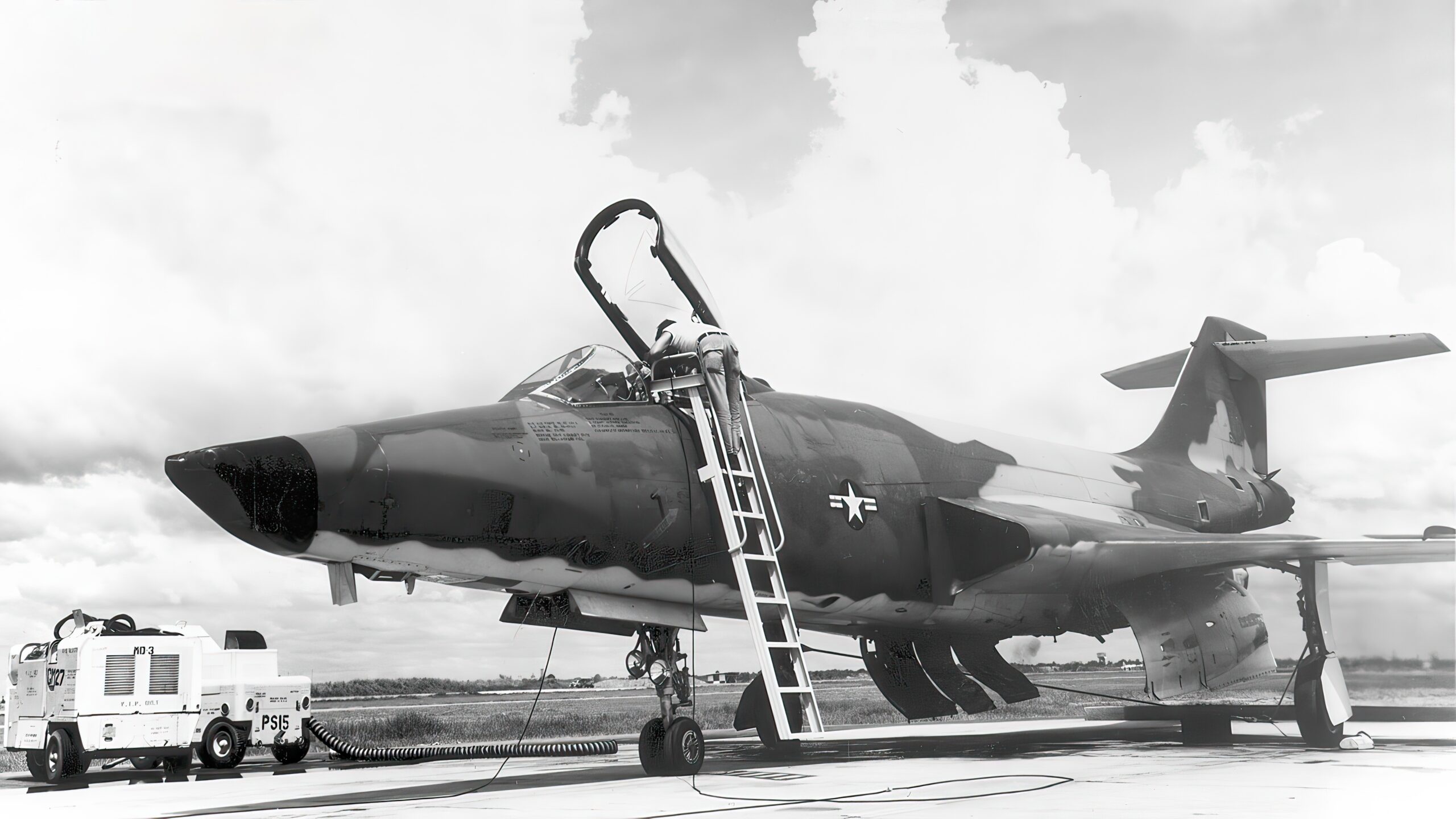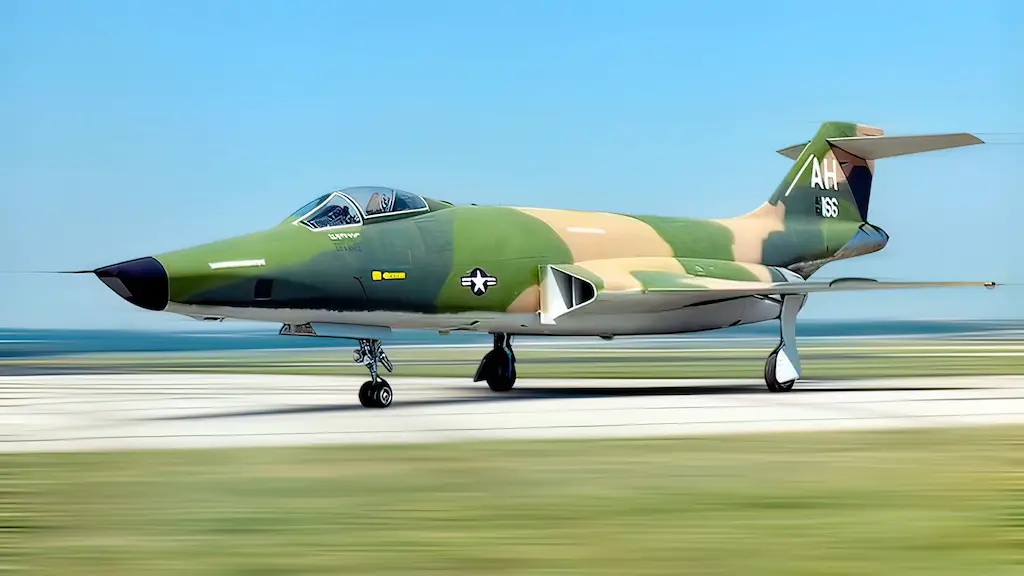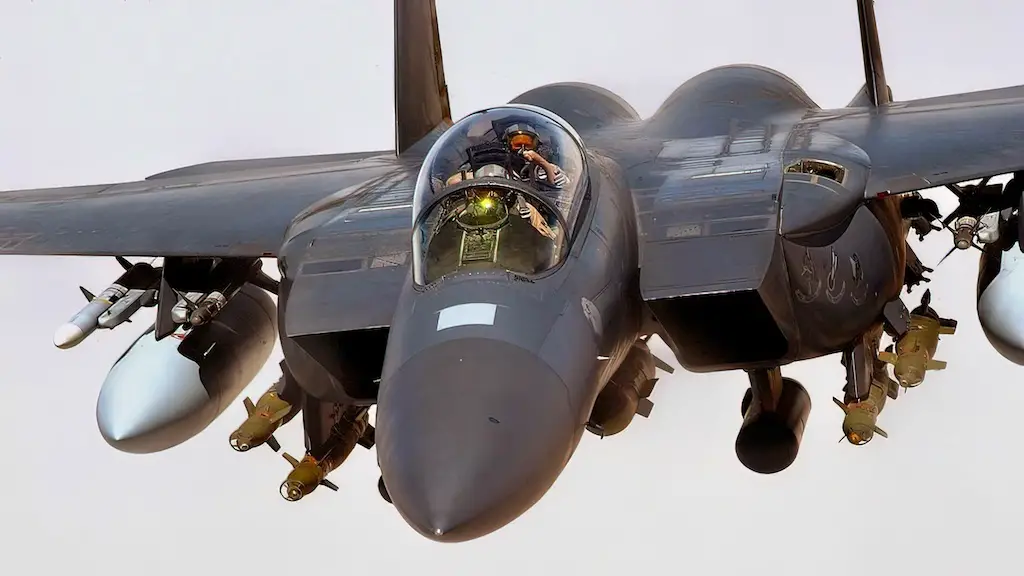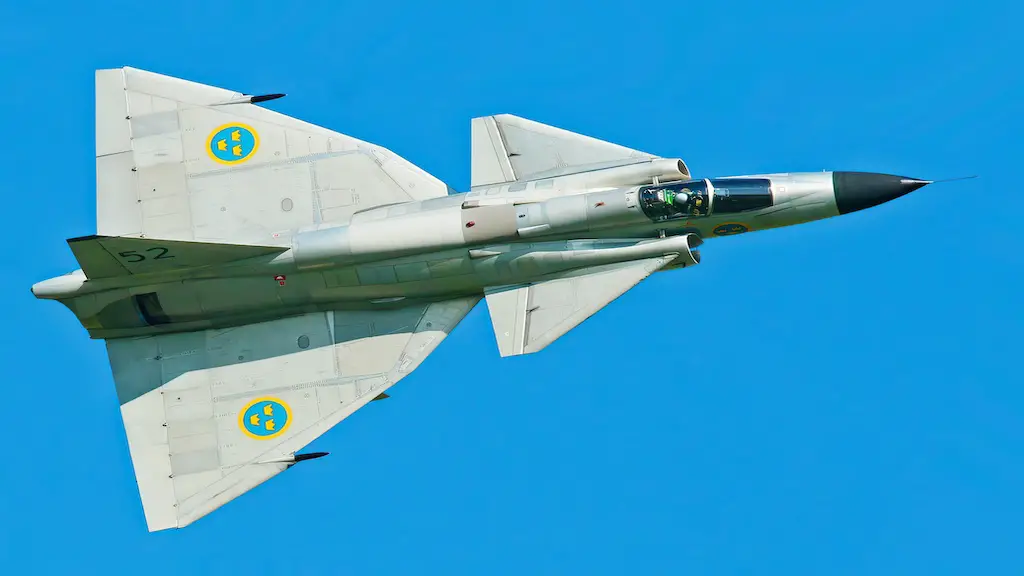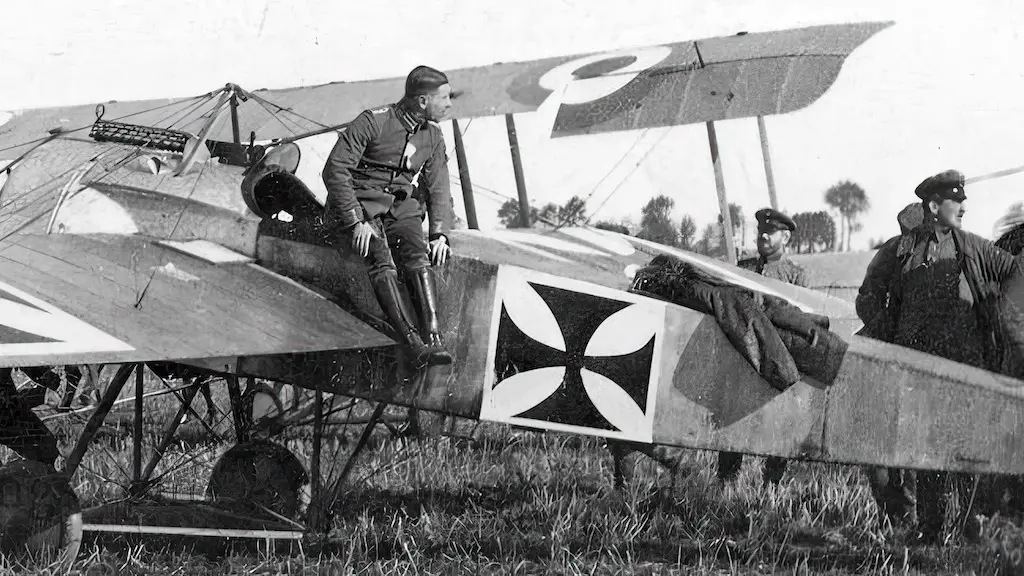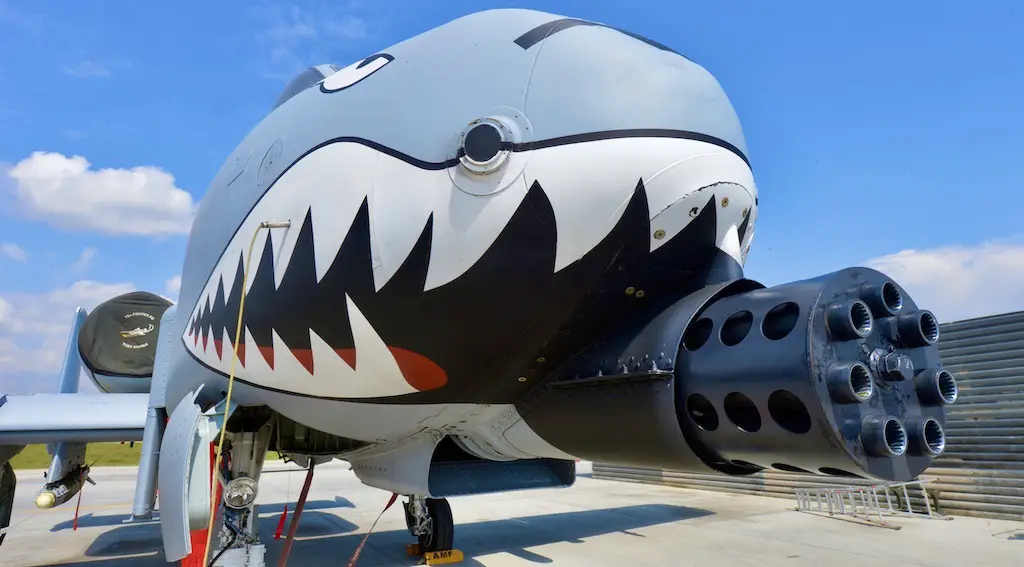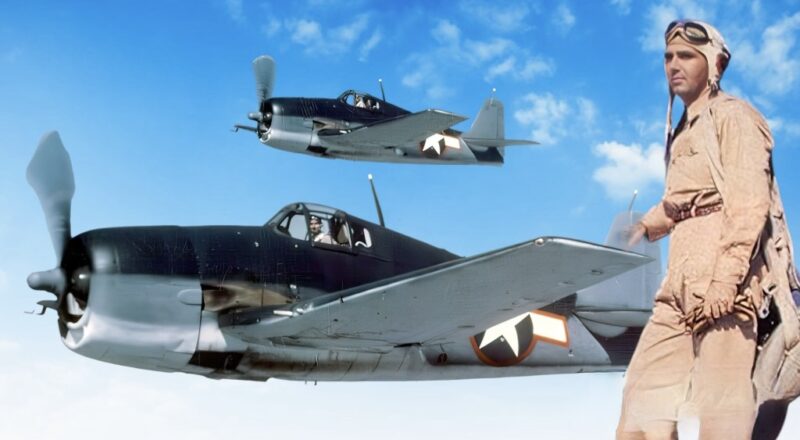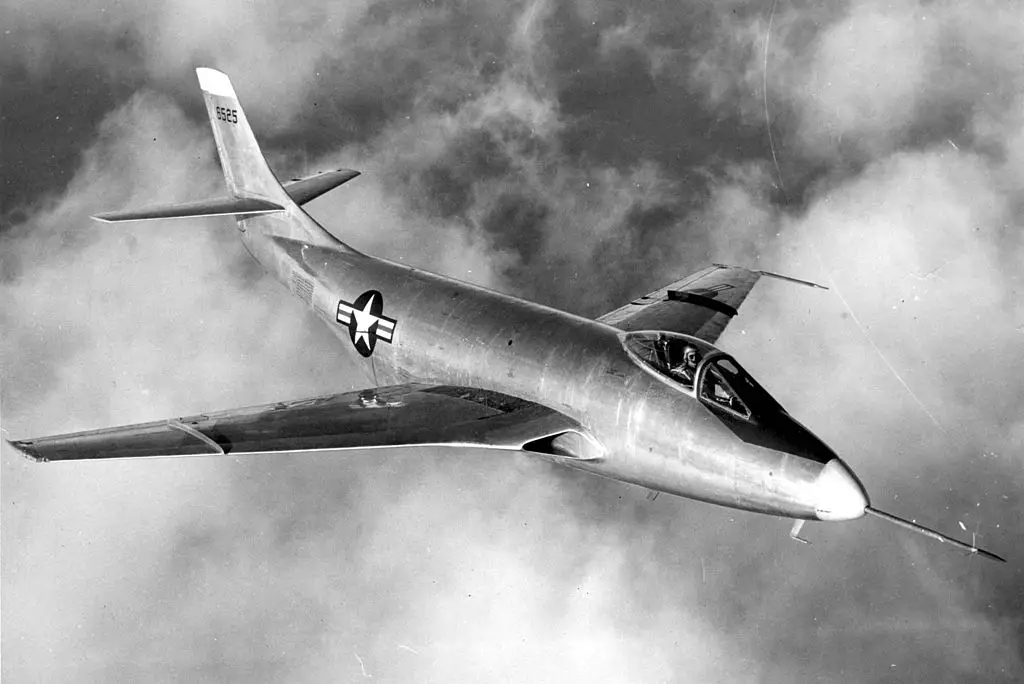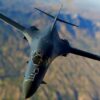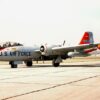McDonnells F-101 Voodoo was a representation of might and capacity that intimidated adversaries and inspired awe in allies. The F-101 was a sight to behold, both in the air and on the ground, with its narrow and elegant fuselage, enormous delta wing, and recognizable side-mounted air inlet. The F-101 was the United States Air Force’s first operational supersonic jet fighter. It pushed the envelope of aviation technology and became known as a true legend in the field of military aviation. It was one of the most identifiable aircraft of the Cold War era thanks to its sophisticated design, flexible capabilities, and striking appearance.
The USAF needed a long-range interceptor during the Cold War to fend off potential threats from Soviet bombers, and the F-101 was perfect for air defense operations. It was designed for long-range escort missions. Because of its versatility, the F-101 was a useful asset as a fighter-bomber, reconnaissance, and trainer aircraft.
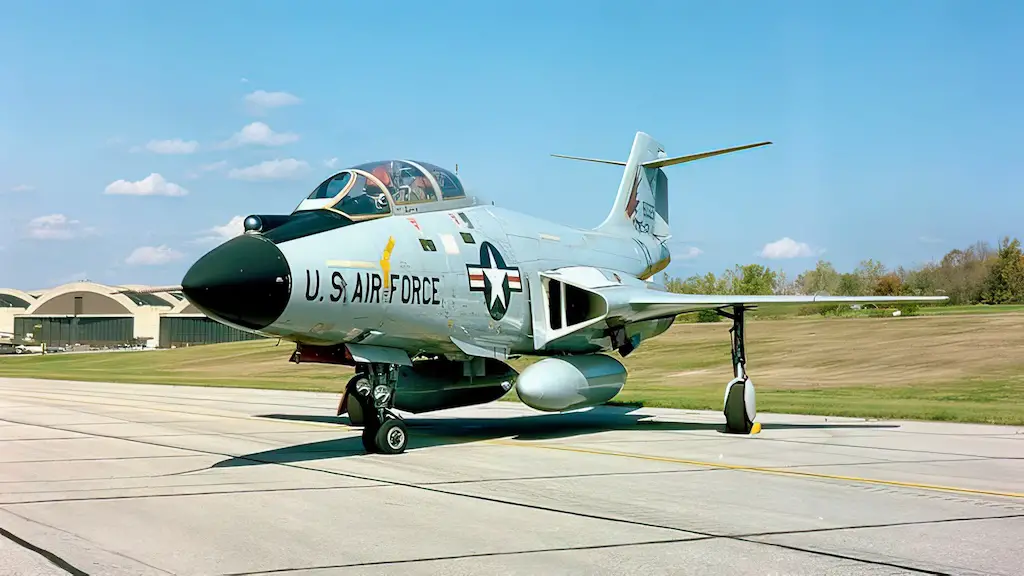
Development
The United States Air Force (USAF) started looking for a new long-range escort fighter to supplement its existing fleet of aircraft in the middle of the 1940s when the McDonnell F-101 Voodoos development history began. The McDonnell Aircraft Corporation proposed the XF-88, a supersonic interceptor built to provide air defense for the United States, in response to this requirement.
The XF-88 underwent numerous design modifications before being renamed the F-101 Voodoo in 1951. A single Pratt & Whitney J57 turbojet engine gave the F-101 its power and allowed it to reach a peak speed of Mach 1.75.
In September 1954, the first F-101 Voodoo prototype took to the sky, and the USAF was immediately impressed by the aircraft’s capabilities. The F-101 officially entered service and went into production in September 1957, making it the USAF’s first operational supersonic jet fighter.
Vietnam
McDonnell’s F-101 Several combat missions involving Voodoo took place during the Vietnam War. The defense of Da Nang in 1972 was one of the most notable battles featuring the F-101. The city of Da Nang was in danger because North Vietnamese soldiers were launching a big onslaught. In response, the US Air Force sent out a flight of F-101 Voodoos to defend the city and provide air cover. The Voodoos were in the air high above, prepared to shoot down any enemy aircraft that dared to challenge them.
As they drew near, the Voodoos swooped down to face the North Vietnamese aircraft. The F-101s and enemy aircraft engaged in a violent duel, which caused the skies around Da Nang to erupt in a hail of missile and cannon fire. The Voodoos had the upper hand thanks to their sophisticated avionics, supersonic speed, and air-to-air missiles, and they quickly took the lead.
The North Vietnamese fighters were dealt with one by one, sending their smoking remains to plummet down to the ground. Then, finally, the F-101s returned to base after the threat had been eliminated, their mission had been successful.
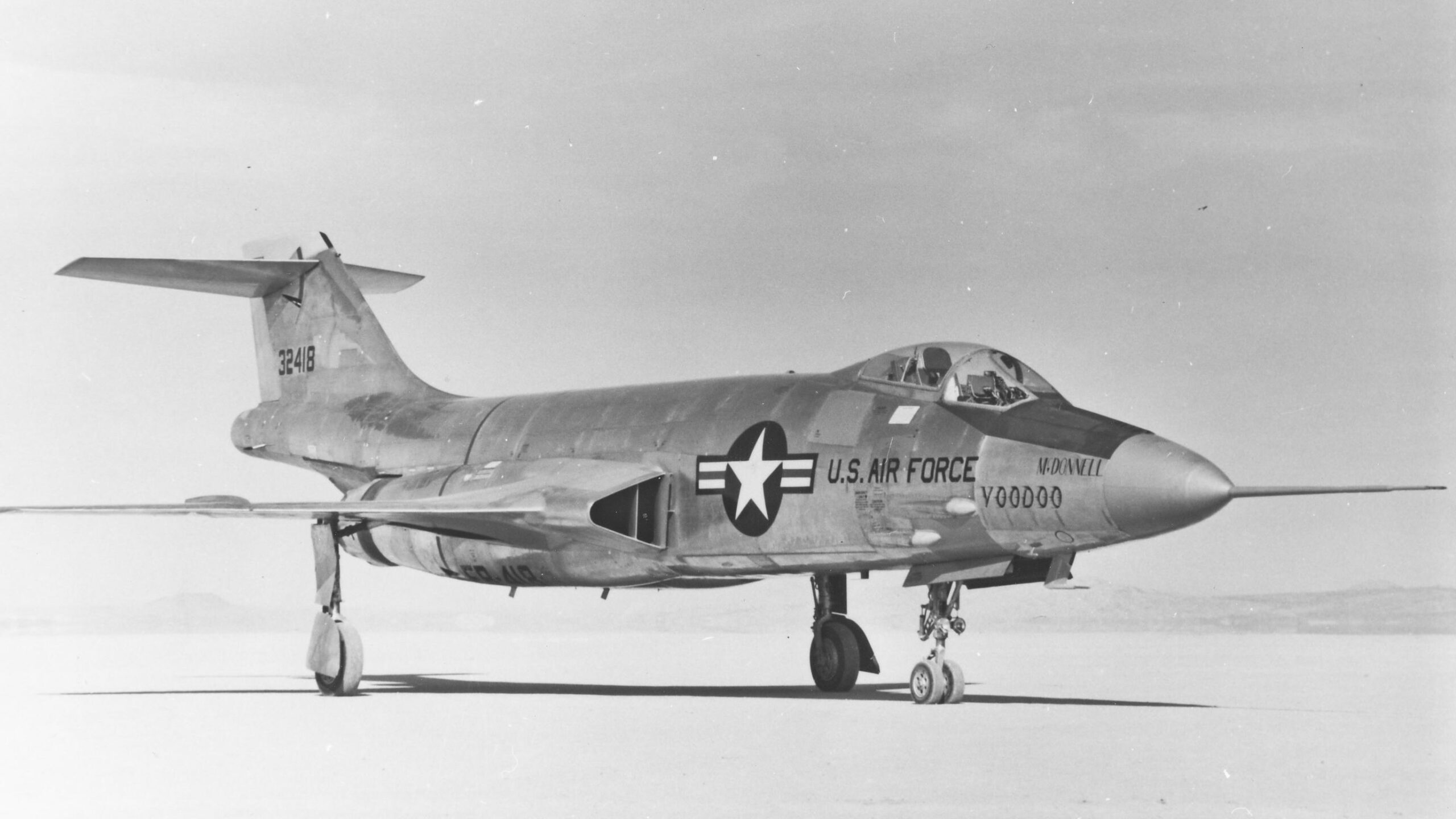
Retirement
In the late 1970s, the McDonnell F-101 Voodoo was taken out of active service by the US Air Force. The Voodoo’s function in the USAF gradually decreased as newer, more sophisticated aircraft became available, and more contemporary interceptors finally replaced it. The Voodoo made way for the legendary F-4 Phantom II.
The F-101 Voodoo left a significant legacy in military aviation despite being retired. During the Cold War, it pioneered supersonic flying and raised the bar for air defense capabilities. The Voodoo will always be recognized as a true legend in the history of military aviation because of its unique design, speed, and power, which made it one of the most identifiable aircraft of its day.
